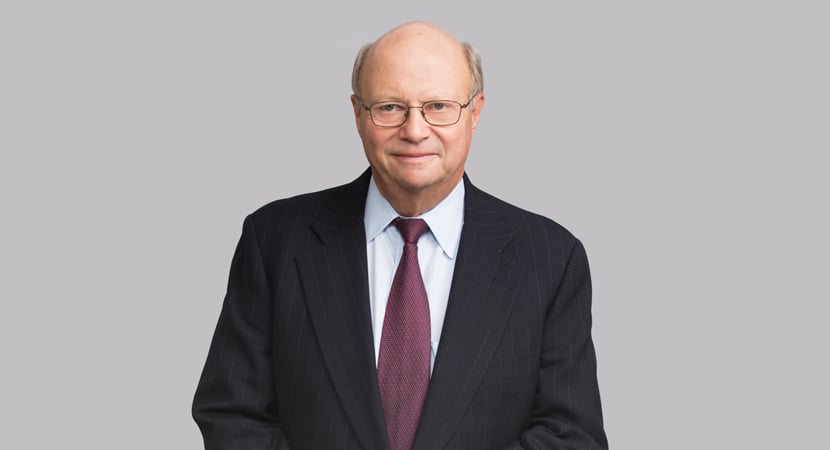District court finds that TVEyes’ media-monitoring service that continuously records vast amounts of television and radio content and allows subscribers to search transcripts and video clips of that content constitutes fair use of Fox’s copyrighted cable programming, but defers determining whether other video-sharing features constitute fair use.
TVEyes records all of the content on about 1,400 television and radio stations, including the Fox News Channel and the Fox Business Channel. From this content, TVEyes creates a searchable database that paying subscribers can use to determine when, where and how certain terms have been used on TV and radio. Subscribers use the TVEyes service to track current events by search terms. A subscriber enters all of its desired search terms on a Watch List Page, which then organizes search results by day, tabulating the total number of times the term was mentioned by all 1,400 television and radio stations each day over the prior 32-day period.
TVEyes also allows subscribers to determine the frequency with which the search terms have been used over a period of time as well as the relative usage by individual television or radio stations. Subscribers can also obtain transcripts and video clips in which the search terms are used.
Subscribers, which include institutions such as the White House and the United States Army but not individuals or the general public, can save, archive, edit and download an unlimited number of clips generated by their searches. They can email clips and share them on social media. The clips are limited to a maximum of ten minutes each, and the majority of clips are shorter than two minutes.
Fox News sued TVEyes for copyright infringement, unfair competition and misappropriation and also sought to enjoin the TVEyes service. Both parties moved for summary judgment. TVEyes did not dispute that it had engaged in unauthorized copying and distribution of Fox’s copyrighted content but claimed its service content constituted fair use.
The district court, weighing the fair use factors set forth in Section 107 of the Copyright Act, concluded that TVEyes’ searchable database and its practice of making available transcript excerpts and video clips constituted fair use.
On the first fair use factor—the purpose and character of the use—the court agreed with TVEyes that the use served a transformative purpose and thus augured in favor of a fair use finding. The court followed a recent line of cases—including the Second Circuit’s decision in Authors Guild, Inc. v. Hathi Trust, 755 F.3d 87 (2d Cir. 2014)—holding that electronic libraries of books, created for the purpose of allowing users to search for certain keywords or terms, are transformative. The court noted that TVEyes is a for-profit company and that, therefore, its use is of a commercial nature, but it found this not to be dispositive. Overall, the court found, the first factor weighed in favor of fair use.
The court found that the second factor—the nature of the copyrighted work—did not weigh for or against a finding of fair use, as the creative and time-intensive nature of Fox’s works was offset by TVEyes’ transformative use of those works.
Regarding the third factor—the amount and substantiality of the copied portion of plaintiff’s work—it was undisputed that TVEyes copied all of the content at issue. The court cautioned, however, that the third factor does not “counsel a simple, crude quantitative comparison.” TVEyes’ service was unique and its database was valuable in part because they were all-inclusive. While TVEyes copied everything, that is what was required to enable its transformative use. The court therefore found that the third factor weighed neither in favor nor against a fair use finding.
The court found that the fourth and final factor—the use’s effect on the potential market value of the copyrighted work—weighed in favor of a fair use finding, because TVEyes was not available to the public and no one would view it as a substitute for watching the Fox channels. Nor did Fox present any evidence that the market for any of its products—including the relatively small market for Fox-authorized video clips—was affected by TVEyes.
Overall, the court found that TVEyes’ searchable database and clipping service were transformative uses that served the important public interest of tracking news reports.
The court noted, however, that the evidentiary record needed to be further developed as to whether certain other features of the TVEyes service, including the ability to archive, download, email and share video clips as well as to search for video clips by date and time, constituted fair use. Finally, the court dismissed Fox’s state law unfair competition and misappropriation claims, finding them to be preempted by the Copyright Act.
-
 Partner
Partner -
 Partner
Partner -
 Co-Chair, Litigation
Co-Chair, Litigation -
 Chair, Luxury Brands; Co-Chair, Advanced Media and Technology; Chair, Intellectual Property Protection
Chair, Luxury Brands; Co-Chair, Advanced Media and Technology; Chair, Intellectual Property Protection -
 Partner
Partner -

-
 Legal Publications Editor
Legal Publications Editor
)

